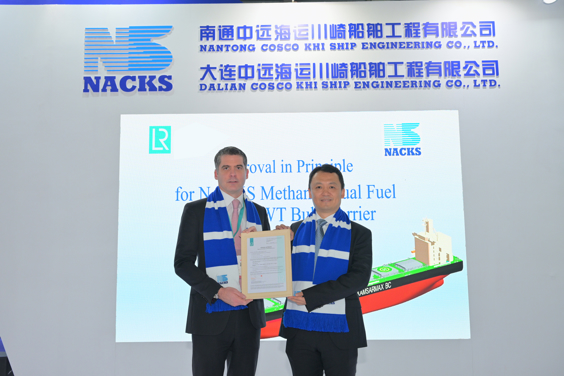What is wind-assisted propulsion in the maritime sector?
Wind-assisted propulsion, the task of retrofitting “sails/rotors” to ships can bring with it many benefits, such as less fuel consumption, costs, and reduced CO2 emissions. In addition, vessels can potentially increase their ship speed for the same engine power.
Wind-assisted propulsion technologies can potentially offer double-digit fuel savings and do not require specialist crew competencies or additional crew numbers. Due to these factors, the business case for retrofitting vessels with wind-assisted propulsion energy-saving devices is currently being explored and implemented by many industry stakeholders.
Wind-assisted propulsion retrofits such as suction sails, rotor sails (including Flettner rotors), rigid and kite sails offer a promising path for the shipping industry to move towards a more sustainable future. The technology is maturing, and with the right market conditions and regulatory support, it has the potential to become a widespread solution for reducing the environmental impact of maritime transport.
Latest content, downloads and tools
Video content
- Rotor sail
- Suction sail

LR and Anemoi collaboration and experience in emissions reduction through Wind-Assisted Propulsion
This video documents the innovative collaboration between Lloyd’s Register and Anemoi in achieving success in operational excellence and emissions reduction for shipping clients through Wind-Assisted Propulsion Solutions with rotor sails.
- Rob Tustin - North Asia new construction manager, Lloyd's Register
- Stephanie Ryder - Engineering design manager, Anemoi Marine Technologies

Video showcasing suction sail wind-assisted propulsion solutions and projects for ships in collaboration with Bound4Blue.
Filmed at SMM Hamburg 2024
Featuring
- Santiago Suarez de la Fuente - Wind Propulsion Specialist, Lloyd's Register
- David Ferrer - CTO and Co-founder, Bound4Blue
- Jose Miguel Bermudez - CEO and Co-founder, Bound4Blue



















